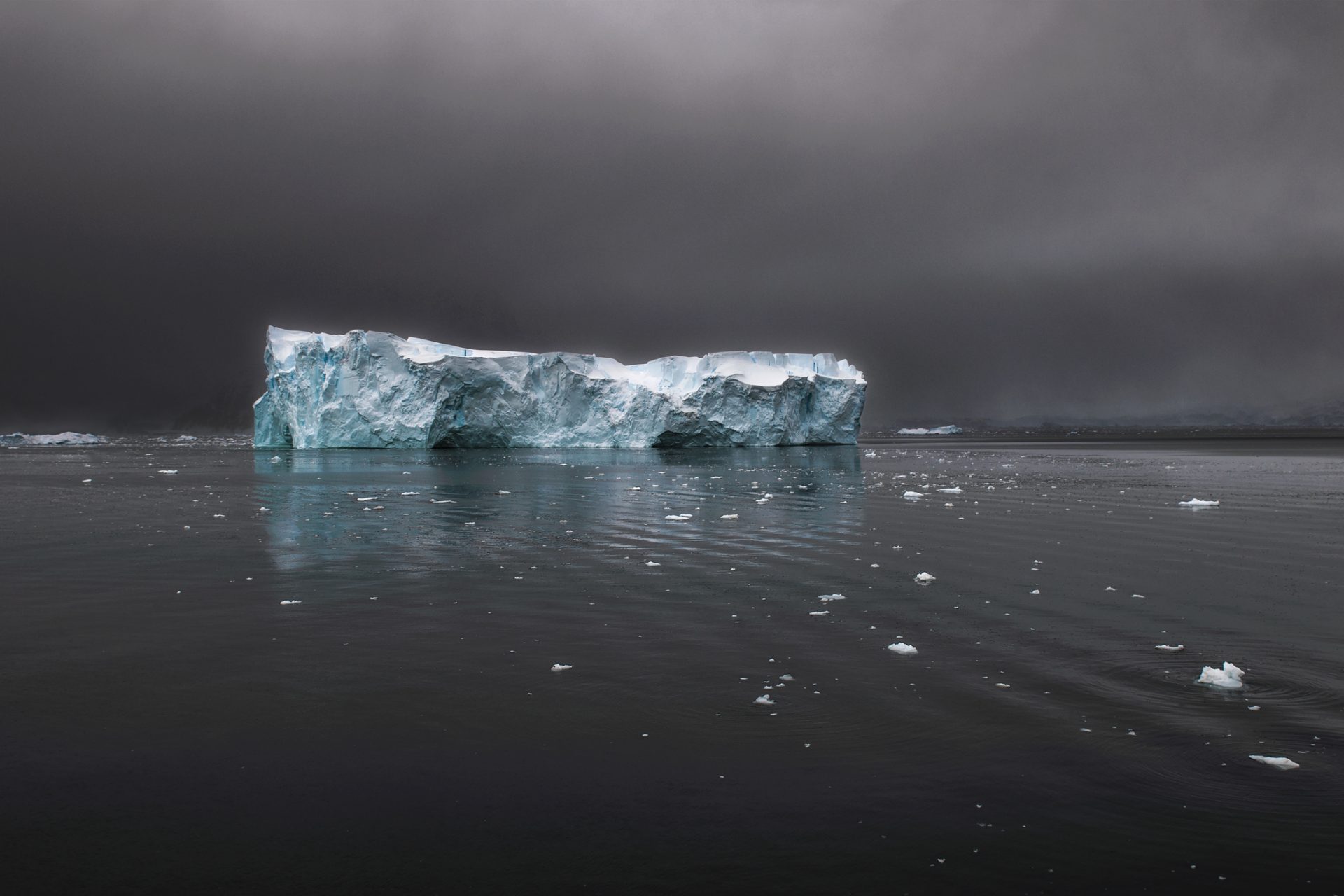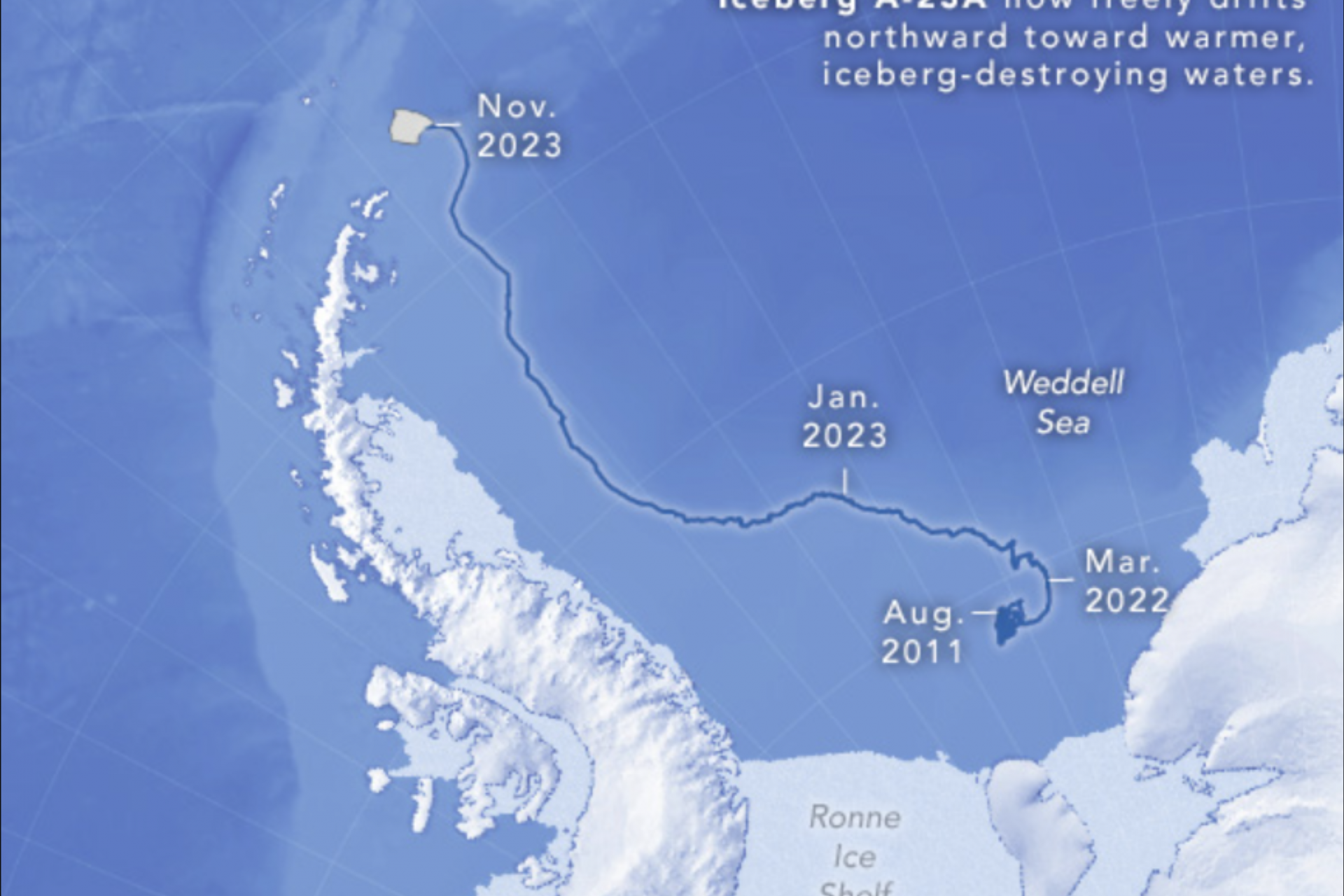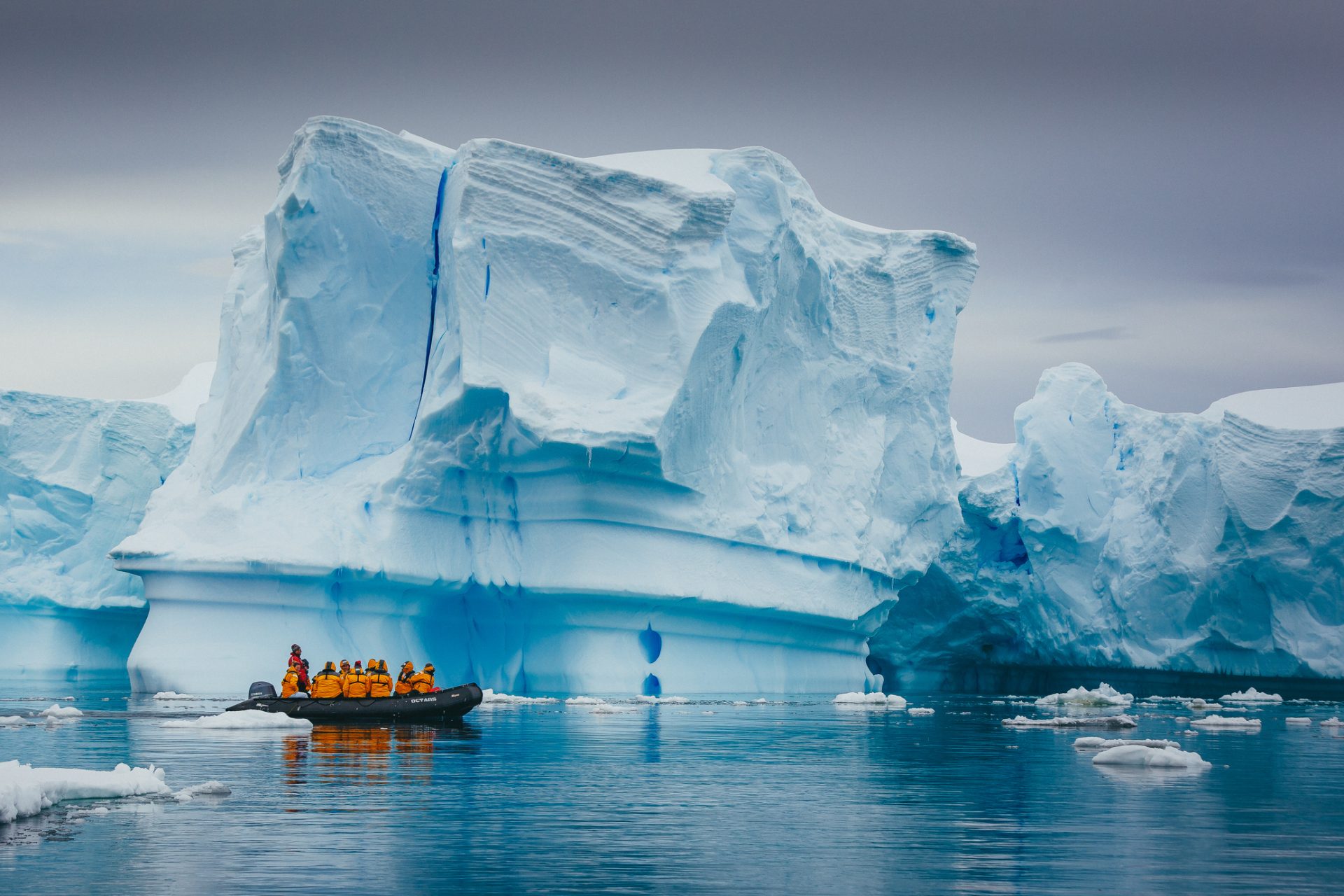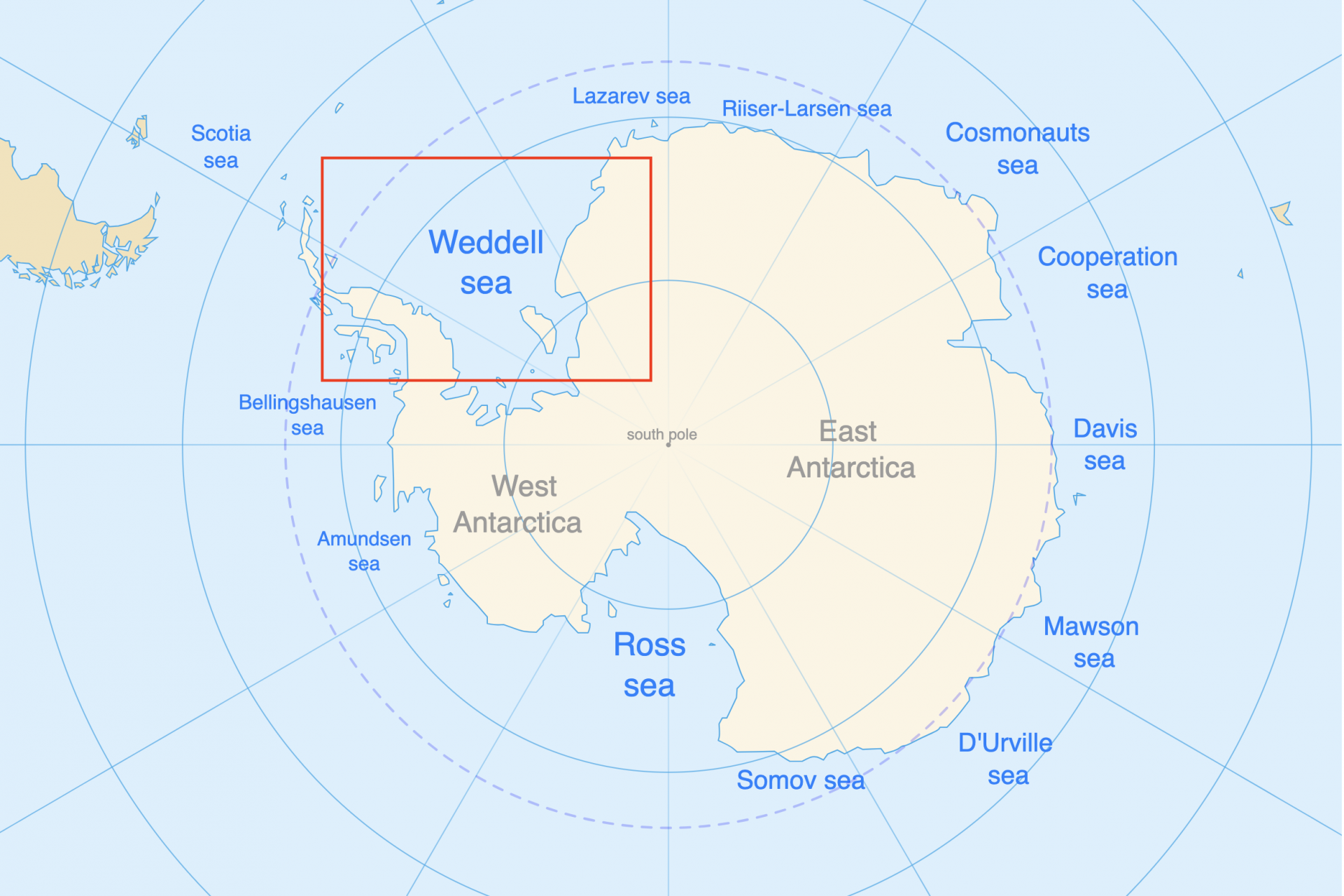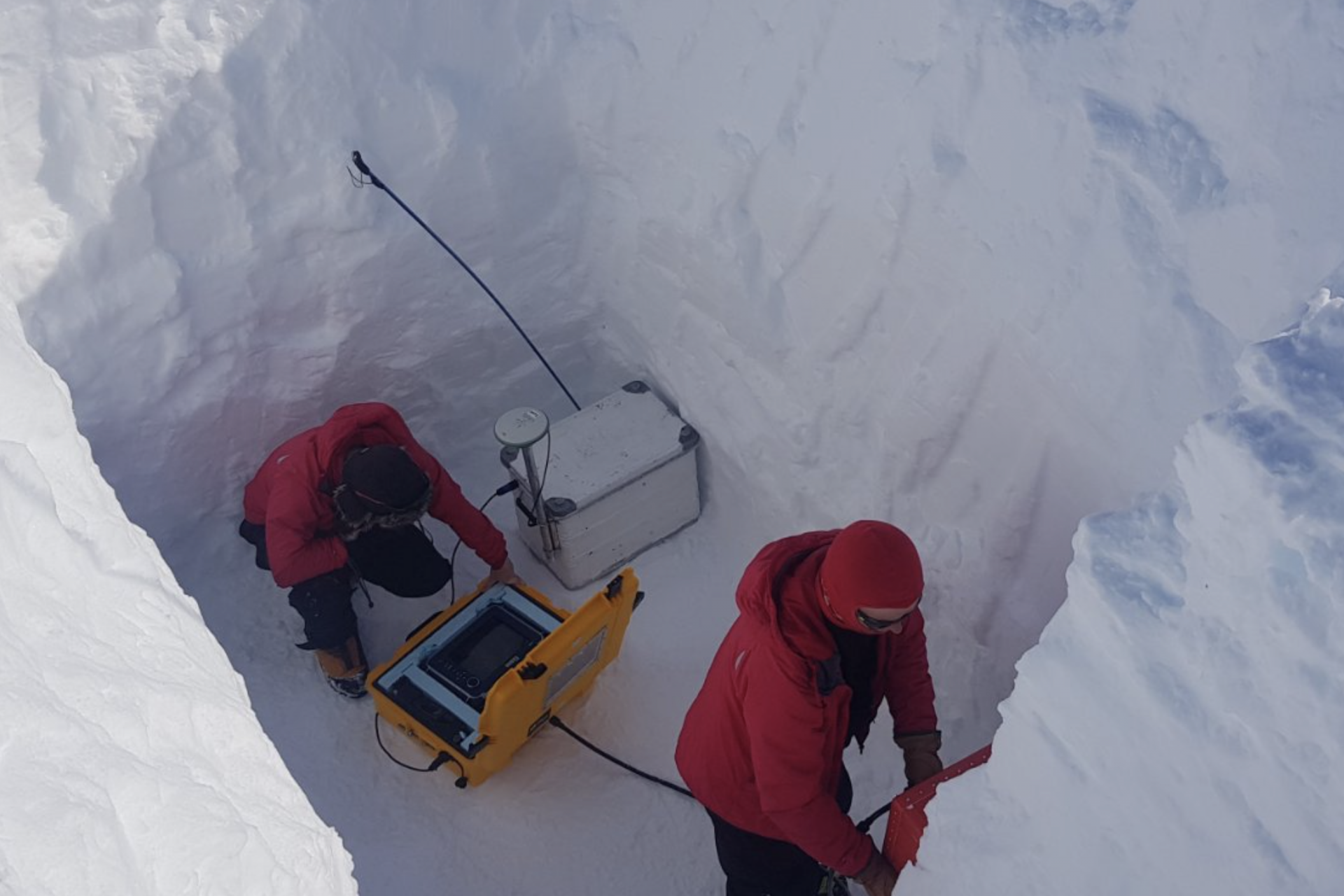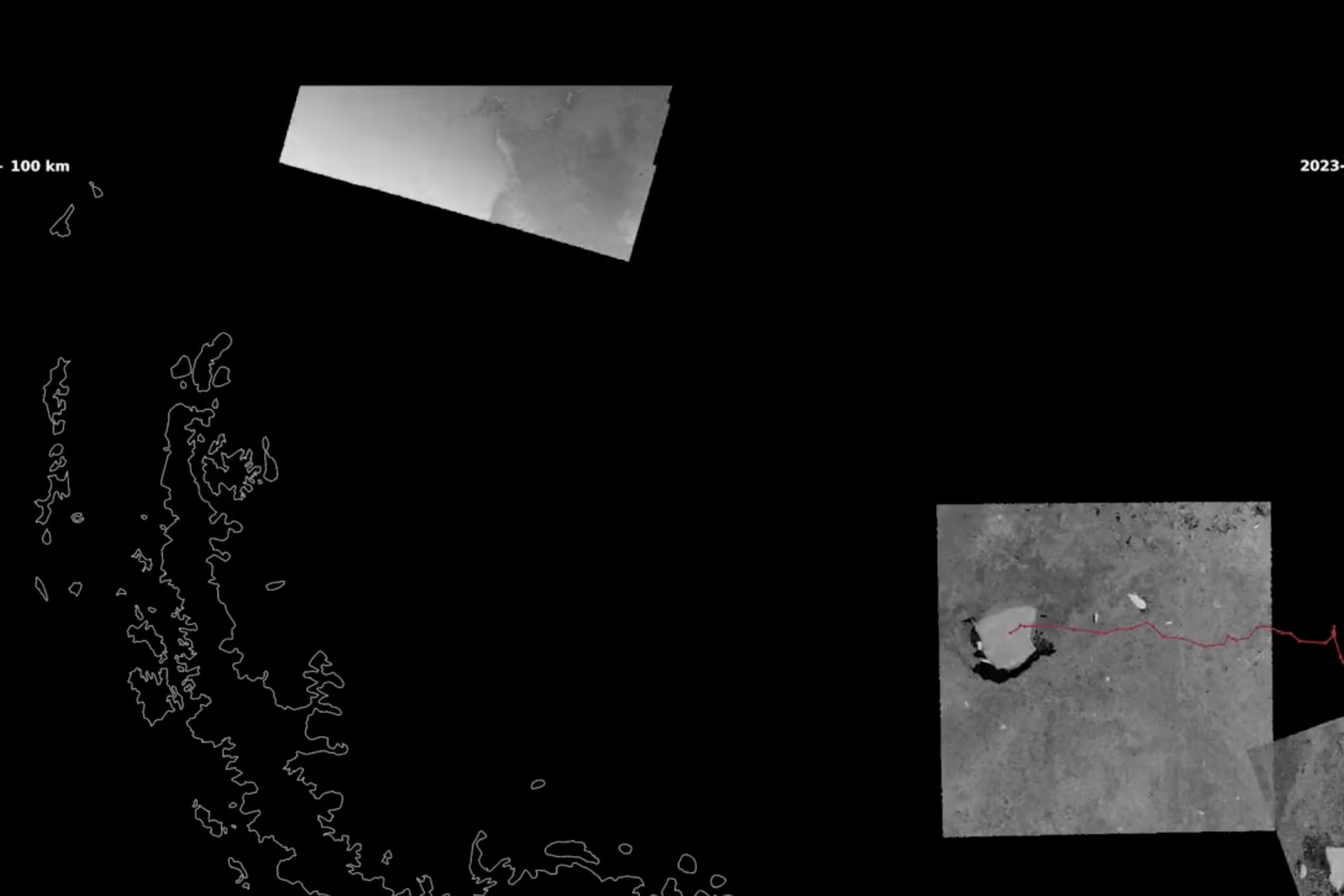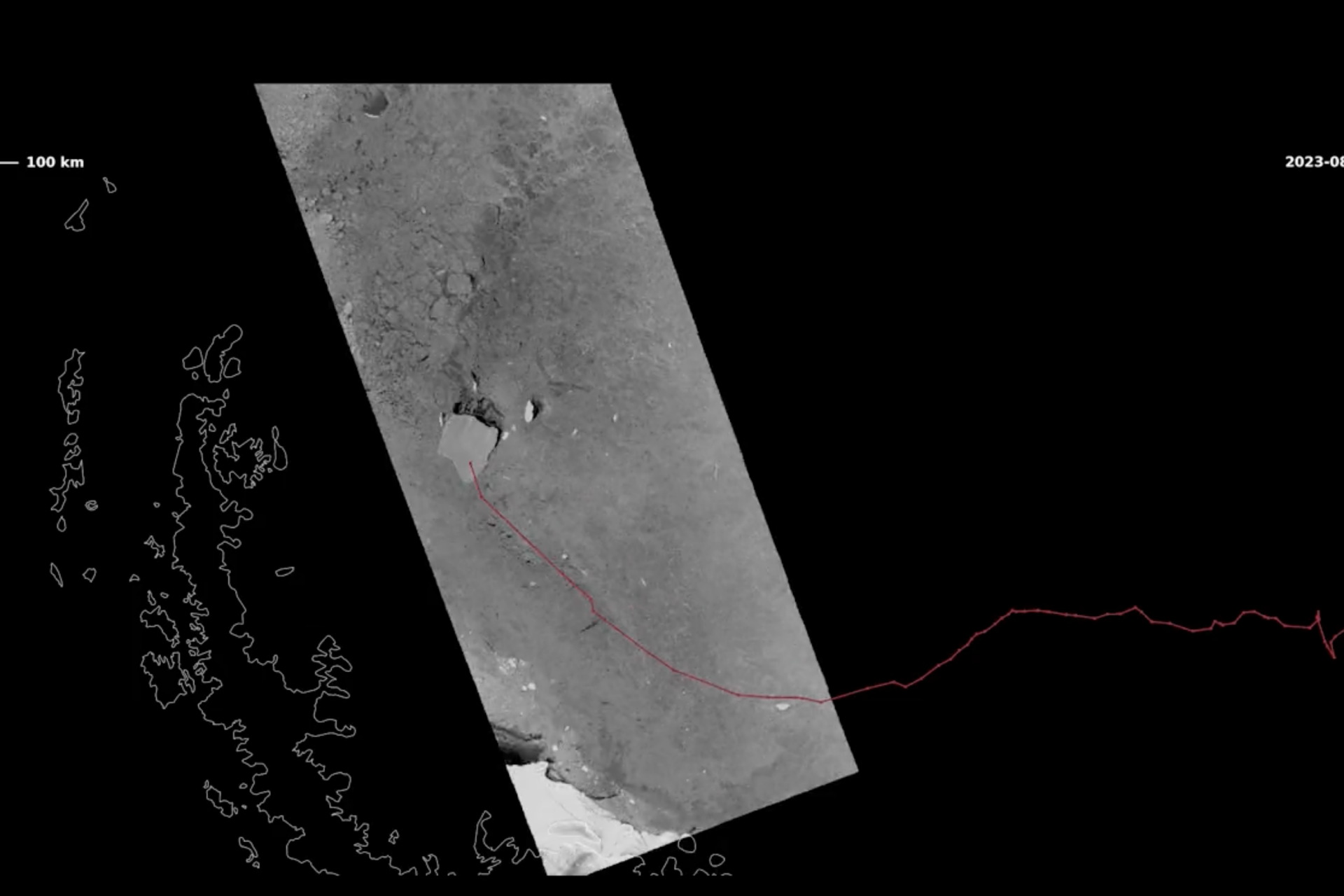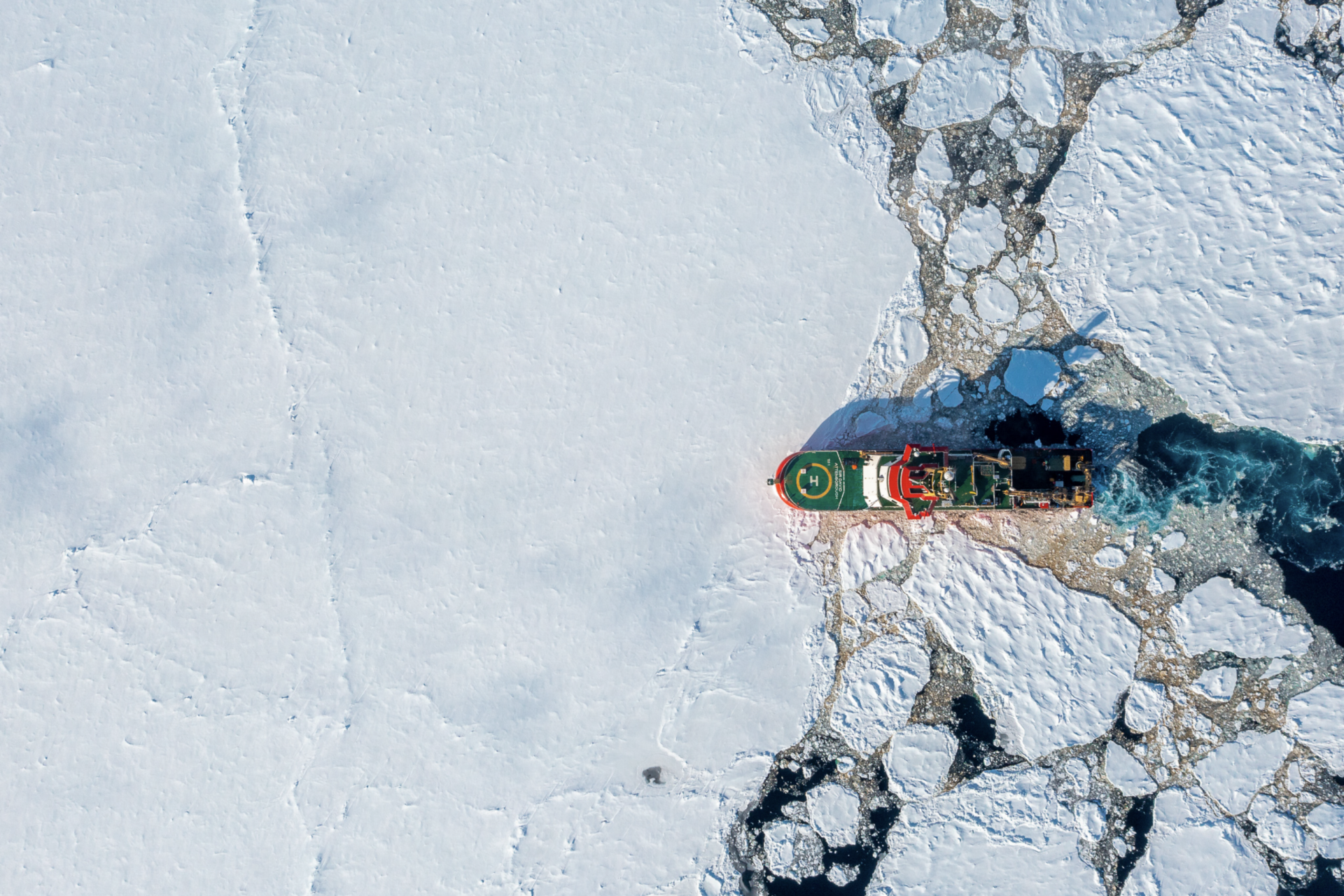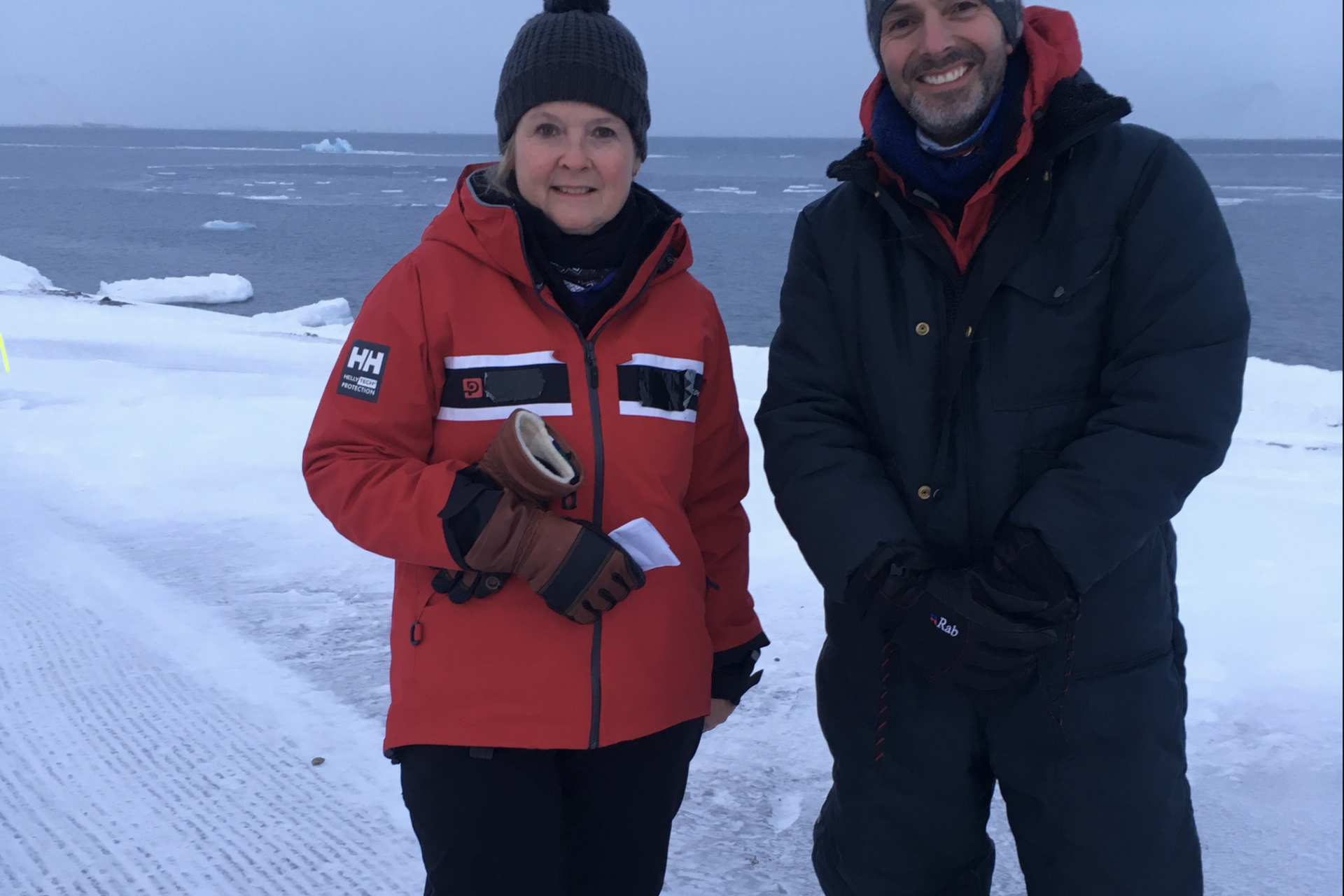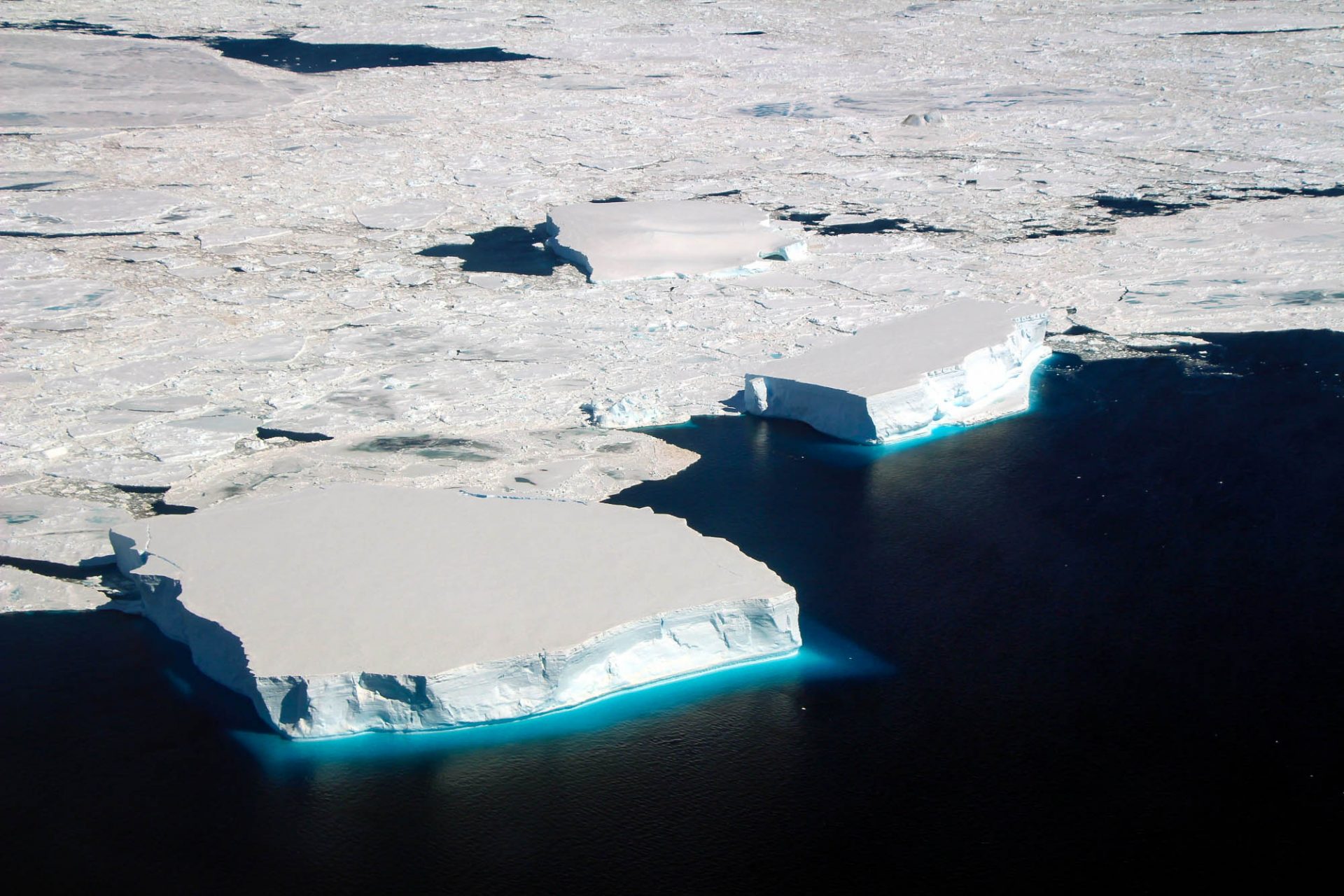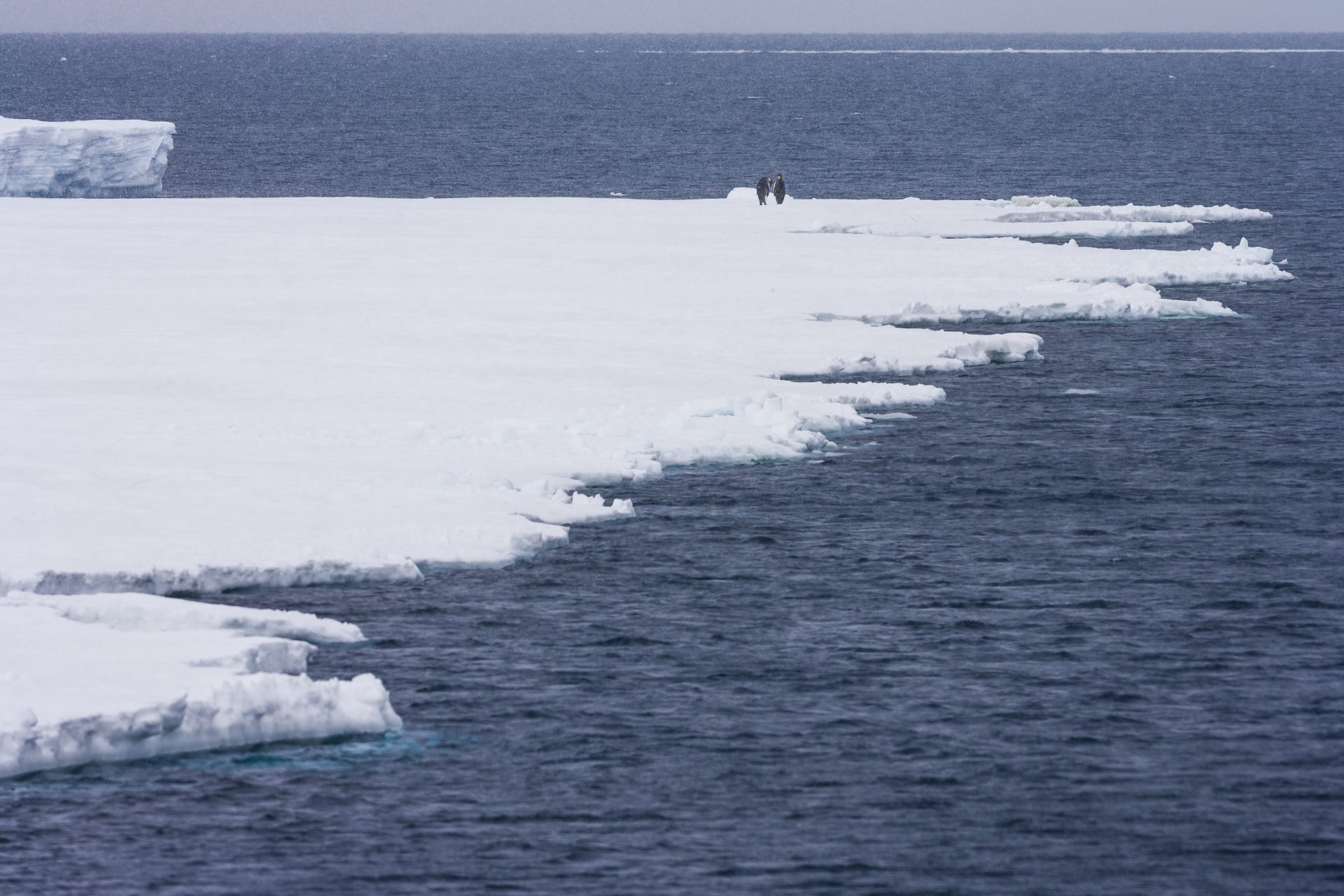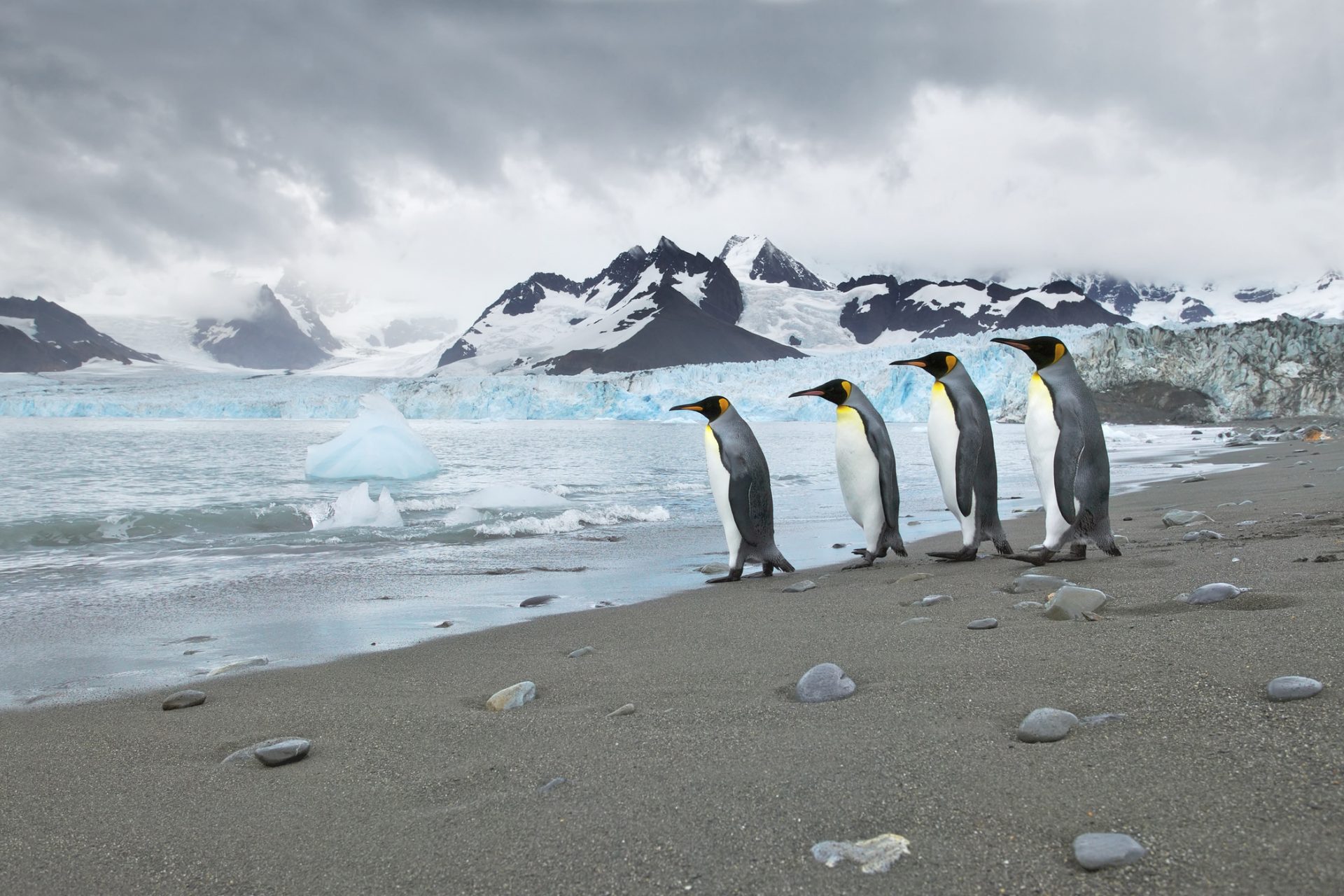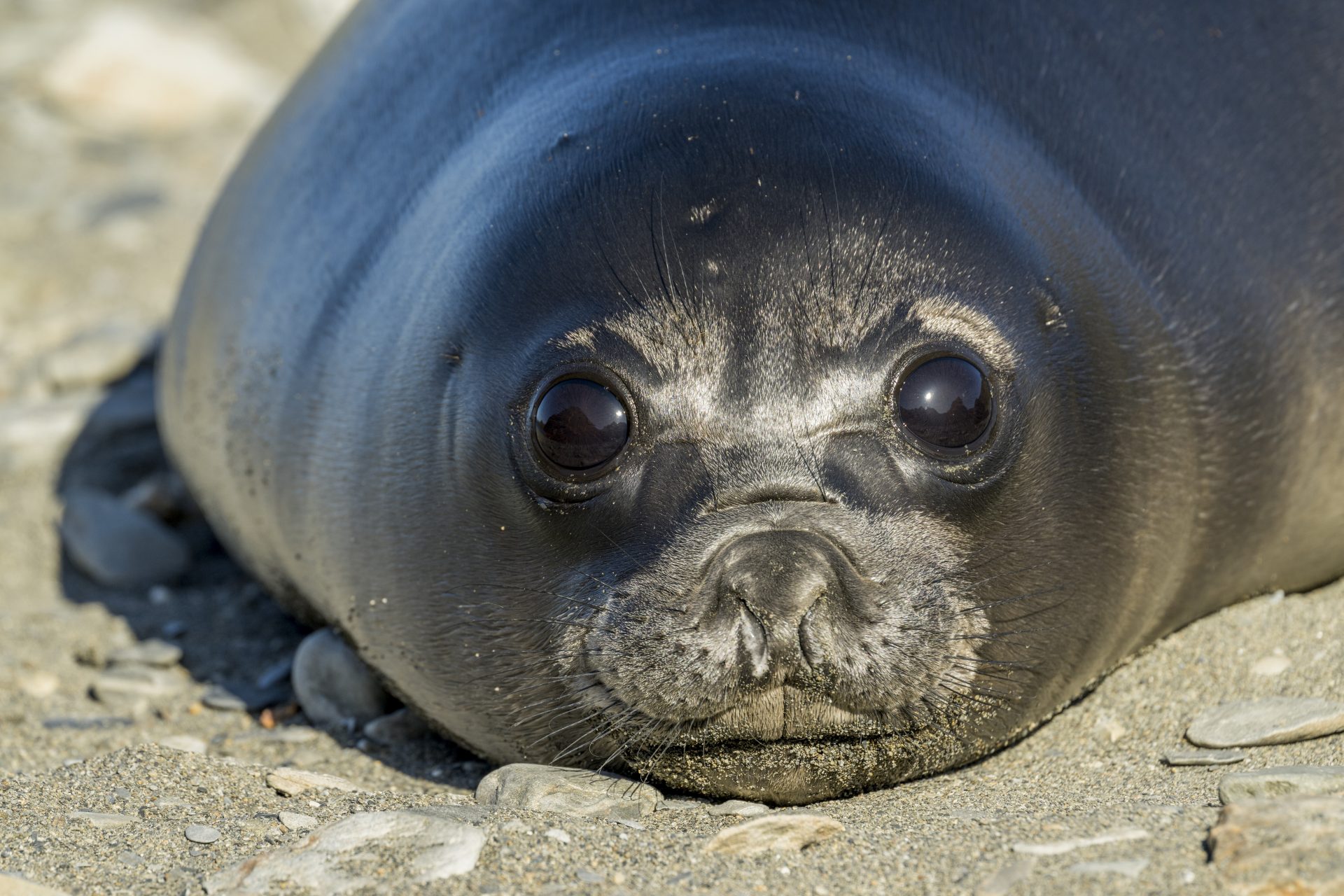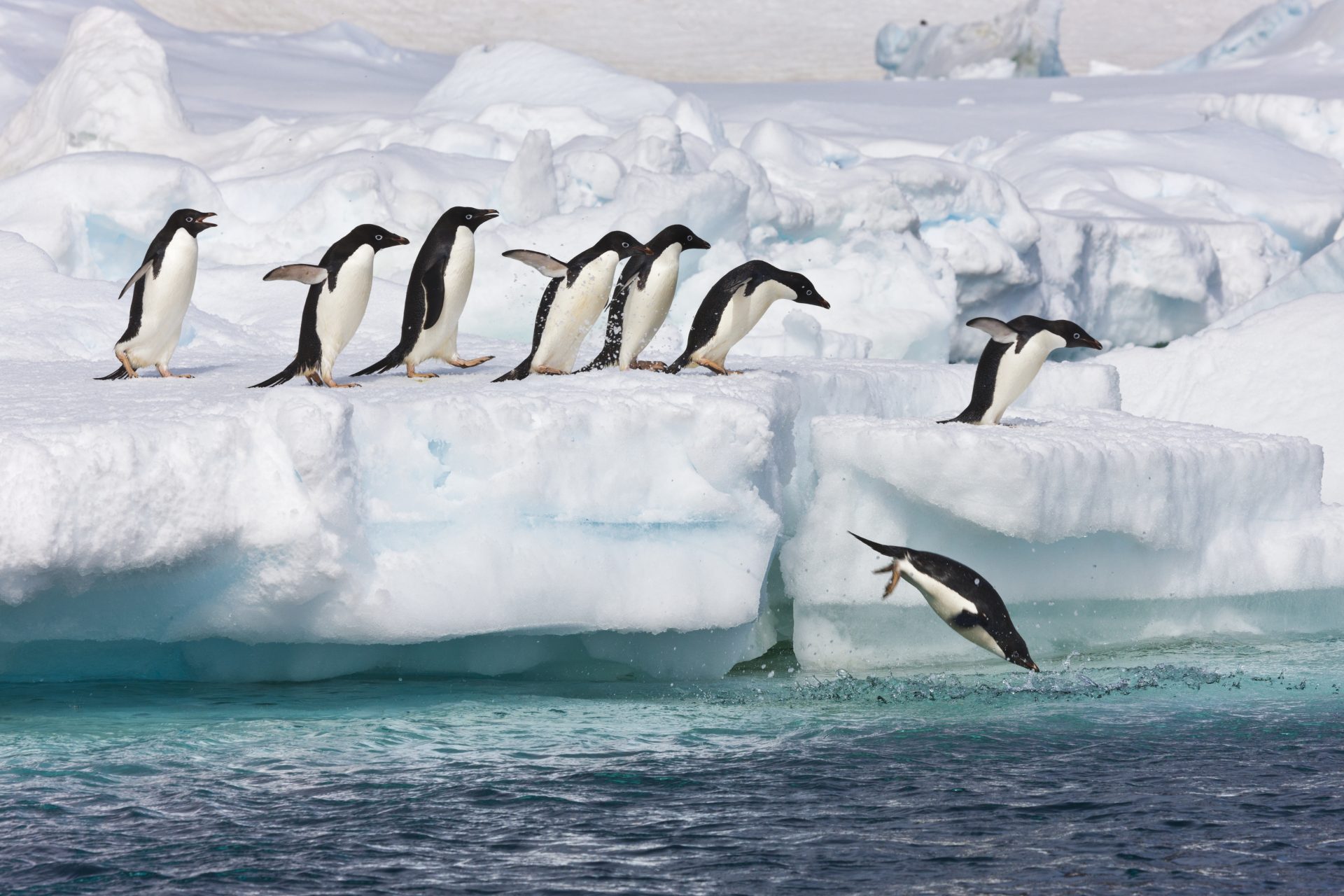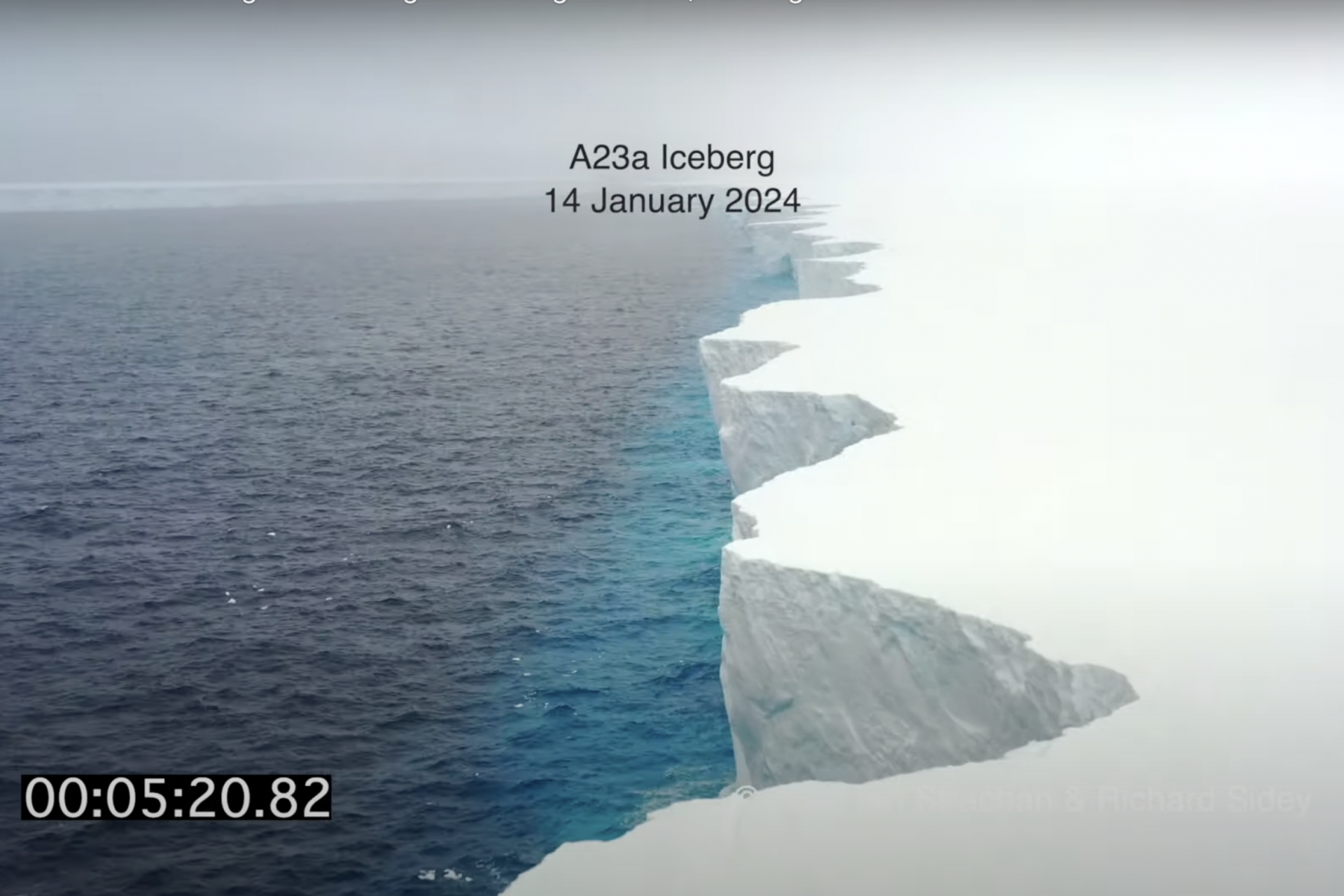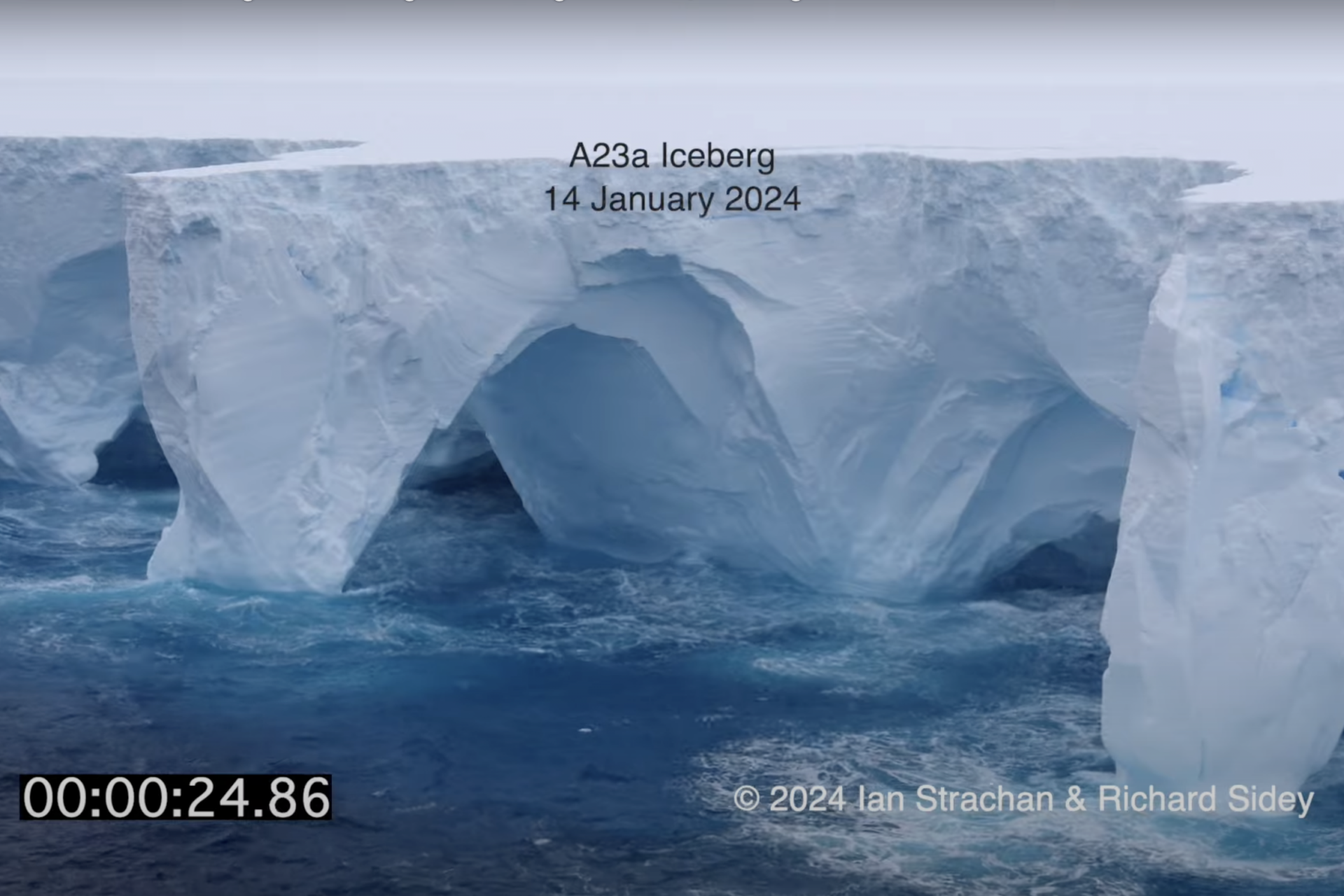A really big iceberg is now wandering around in the ocean
In 1986, an enormous chunk of ice broke off of the Antarctic coastline and became one of the largest icebergs in the world. However, this giant iceberg stayed in place for more than three decades until it started moving in late 2023.
Antarctic iceberg A23a isn’t your typical hunk of frozen water. Measuring in at approximately 1,500 square miles or 4,000 square kilometers, A23a is one of the largest icebergs that exists and is roughly the same size as New York.
Photo Credit: Wiki Commons / Public Domain / Course Map by NASA Earth Observatory
However, A23a didn’t just break off and begin wandering the ocean. Reuters noted that the iceberg originally separated from West Antarctica's Filchner-Ronne Ice Shelf in 1986 but had been stuck in place until fairly recently.
The base of A23a got stuck on the floor of the Weddell Sea and the iceberg had been in place at that position for decades. But satellite images in 2023 revealed that A23a was on the move towards Antarctica’s northern tip, though the iceberg had been slowly moving since 2020.
Photo Credit: Wiki Commons By Rooiratel - Own work, CC BY-SA 4.0
British Antarctic Survey glaciologist Oliver Marsh told Reuters in November 2023 that it was rare to see an iceberg of such size on the move. A23a weighs in at roughly a trillion metric tons and its probable trajectory was being tracked.
On November 24th, the British Antarctic Survey posted a series of images on Twitter from the Copernicus Sentinel-1 showing the path A23a had taken since launching off for the first time in over three decades.
The images showed that A23a was moving along the coast of Antarctica and making its way to the northern tip of the continent. Unfortunately, researchers didn't know why the iceberg broke free after so many years.
Photo Credit: Wiki Commons By Twitter @BAS_News via Copernicus Sentinel-1 imagery, Google Earth Engine
"Over time it's probably just thinned slightly and got that little bit of extra buoyancy that's allowed it to lift off the ocean floor and get pushed by ocean currents," Marsh explained to Reuters.
Photo Credit: Wiki Commons By Twitter @BAS_News
Andrew Fleming is a remote sensing expert from the British Antarctic Survey and he told BBC News that A23a had been drifting over the past years, adding that the conclusion of his colleagues was it was probably just time for the iceberg to be free.
Photo Credit: Wiki Commons By Twitter @BAS_News
“I asked a couple of colleagues about this, wondering if there was any possible change in shelf water temperatures that might have provoked it, but the consensus is the time had just come,” Fleming told the BBC.
Photo Credit: Wiki Commons By NASA Goddard Space Flight Center from Greenbelt, MD, USA - Small Tabular Icebergs, CC BY 2.0
"It was grounded since 1986 but eventually it was going to decrease [in size] sufficiently to lose grip and start moving,” Fleming added, and it appears that shrinkage in size has finally come for A23a.
Fleming explained that British Antarctic Survey researchers first spotted A23a moving in 2020 and said the enormous iceberg could run aground again at South Georgia Island, which would be a major issue for local wildlife.
The Guardian reported that millions of animals like seals, penguins, and seabirds breed on South Georgia Island and forage in the waters surrounding it. If A23a got stuck near the island it could cut off access to those breeding grounds and foraging areas.
“Eventually, all bergs, however big, are doomed to melt and wither away,” explained the BBC’s Jonathan Amos. But that doesn’t have to be a bad thing according to Amos, who wrote that big iceberg melts have a big impact on the ocean’s environment.
“As these big bergs melt, they release the mineral dust that was incorporated into their ice when they were part of glaciers scraping along the rock bed,” Amos explained. “This dust is a source of nutrients for the organisms that form the base of ocean food chains.
Unfortunately, A23a’s adventure around Antarctica does pose risks, but the iceberg may also prove to be a boon for the South Atlantic even if it is a sad reminder that the once-mighty Antarctica ice sheet is in decline due to climate change.
In January 2024, a ship owned by Eyos Expeditions visited A23a, which was about 200 kilometers or 125 miles to the west of the South Orkney Islands, and found it being battered by waves according to BBC News.
Photo Credit: Screenshot from YouTube @richardsidey
"We saw waves, a good 3m or 4m high, smashing into the berg," expedition leader Ian Strachan explained to the news agency. "These were creating cascades of ice - a constant state of erosion." However, where A23a will go next is still unknown.
Photo Credit: Screenshot from YouTube @richardsidey
More for you
Top Stories



